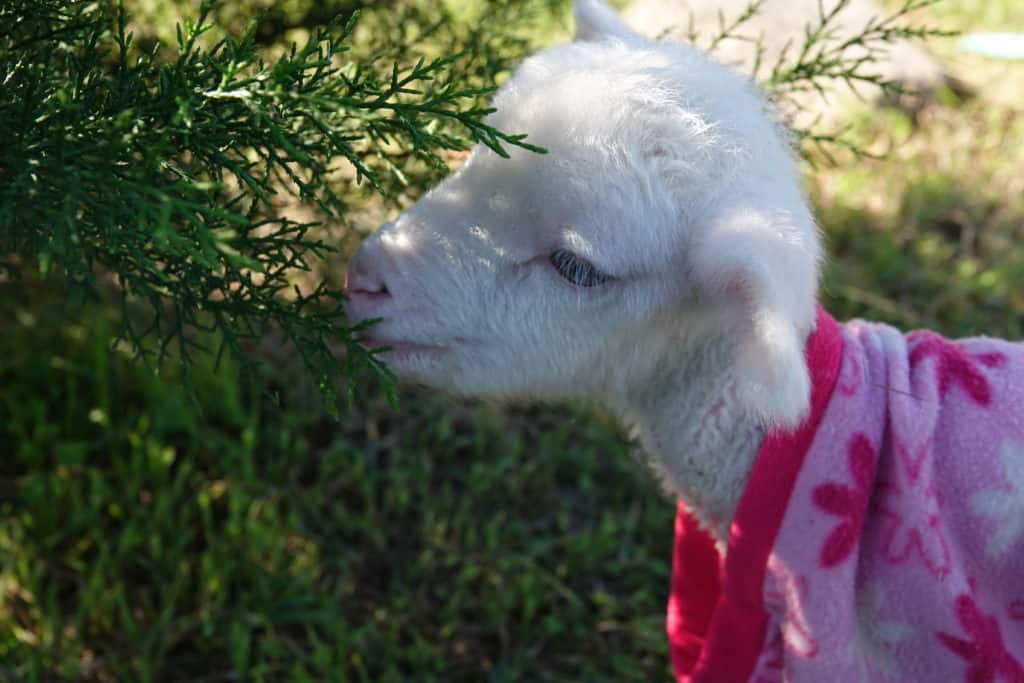
Toxic Poisoning
Poisoning can occur if lambs have access to toxic materials. The main signs of toxic poisoning are excessive salivation and unsteady feet, a lamb will usually sway and eventually fall down. This is an emergency and vet care must be sought immediately.
Plants poisonous to lambs and sheep
Some plant poisoning of stock can be sudden, common with green cestrum, but in many cases the animals will exhibit symptoms including:
• weight loss
• diarrhoea
• staggers
• photosensitisation (skin becomes very sensitive to sunburn or causes liver damage)
• irritation
• loss of production (wool contamination etc)
• congestive heart failure – oedema
• red water (bacterial disease which can result from high nitrate plants)
The following plants have been identified as harmful to lambs and sheep:
Alfalfa
All the plant is harmful to lambs and sheep
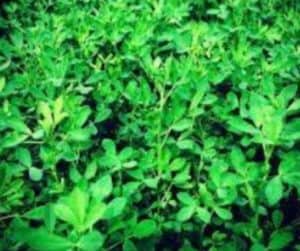
Agapanthus
An evergreen, perennial plant, growing in leafy clumps to 60 cms high, reproducing from rhizomes and seeds. Leaves contain an irritant sap, but livestock are not affected; the rhizomes, however, are very toxic.
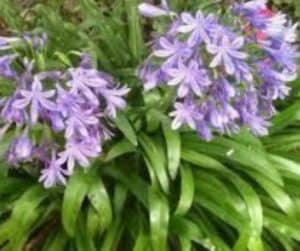
Arrowgrass
All the plant is harmful to lambs and sheep

Avocado
All parts of the plant and fruit contain a cardiac glycoside that ruminants can’t break
down as they lack the enzyme to do so.
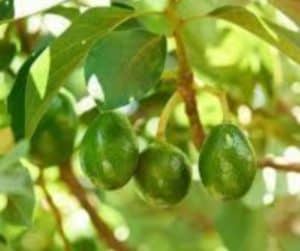
Azalea
This plant is poisonous in a fresh or dried condition causing rough hair coats, listless
attitudes, and mucous discharge in ruminant animals like sheep, cattle, and goats.
Elevated temperatures, swelling of the neck and difficult breathing may occur.
Monogastrics, like swine, may show anorexia and incoordination.
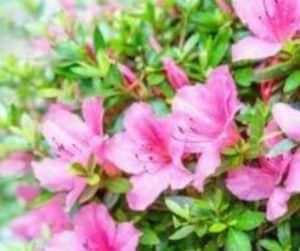
Birdsfoot Trefoil
The whole plant is harmful to lambs and sheep.
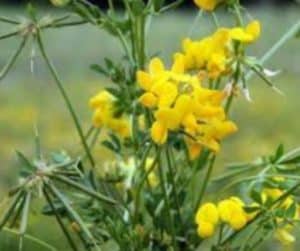
Black Locust
Bark, leaves and seeds are harmful to lambs and sheep
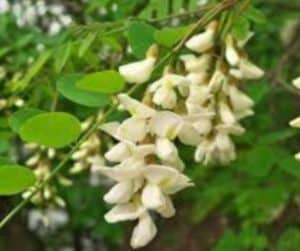
Bracken Fern
All the plant is harmful to lambs and sheep
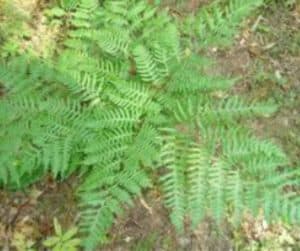
Brassicas
Rape, Cabbage, Turnips, Broccoli, Mustard – roots and seeds are harmful to lambs and
sheep.
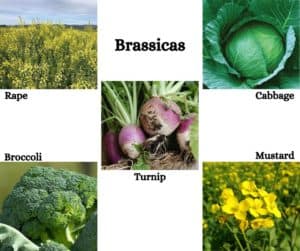
Capeweed
Can cause nitrate or nitrite poisoning in sheep and cattle but this is rare
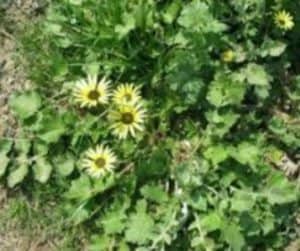
Cherry (Wild)
As far as plants go, wild cherry is probably the most common cause of livestock poisoning known. The most common exposure occurs when limbs are blown down or are trimmed and thrown into a fenced area. Only the wilted leaves are toxic as they produce cyanide. Wilted cherry tree leaves cause anxiety, staggering, falling down, convulsions, rolling of the eyes, tongue hanging out, loss of sensation, and dilated pupils. The animal then becomes quiet, bloats and dies within a few hours of ingestion
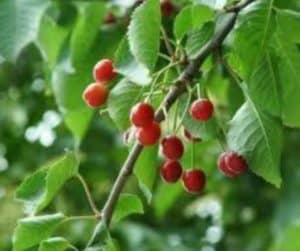
Conifers
The general rule is that evergreens are not good news, but they’re not all actively
poisonous. The reason evergreens aren’t good to eat is that the plants put unpleasant
chemicals into their leaves on purpose, in order to avoid them being eaten (aimed at
insects mainly) since they keep their leaves all year and so it would be a bigger problem
for them to lose leaves
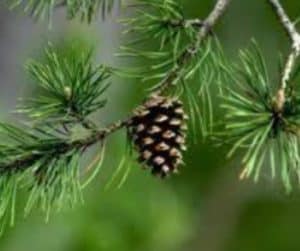
Daffodil
Daffodil bulbs are considered poisonous to sheep. The bulb, leaves, and stem contain lycorine and other alkaloids, which are toxic to sheep.
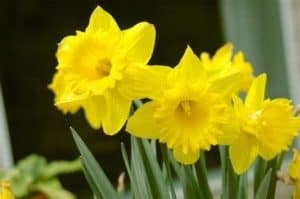
Dock
The leaves are harmful to lambs and sheep.
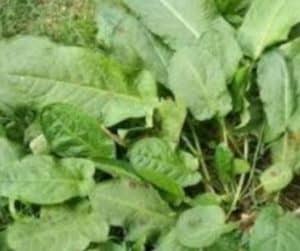
Dogbane
The rhizome is harmful to lambs and sheep
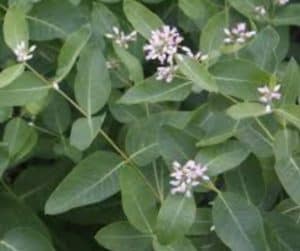
English Ivy
All species of livestock have exhibited toxicosis from English Ivy with symptoms including
local irritation, excessive salivation, nausea, excitement, difficult breathing, severe
diarrhea, thirst, and coma
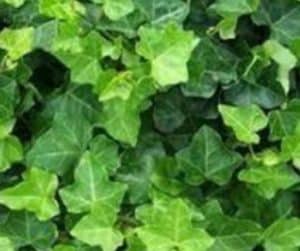
Darling Pea Plant
Darling Pea, from the Swainsona species, is a stout-stemmed, erect plant with purple pea-shaped flowers and long woolly pods. The Swainsona species contain a poison that is toxic to livestock. When grazed on for extended periods of time, the plant’s toxins build in the animal’s systems and affect their central nervous systems by attacking an enzyme involved in metabolism
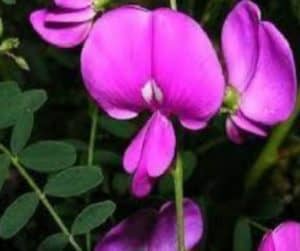
Drooping Leucothoe
The leaves and nectar are harmful to lambs and sheep
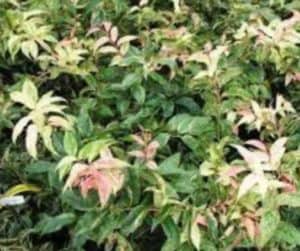
Flax
All the plant is harmful to lambs and sheep
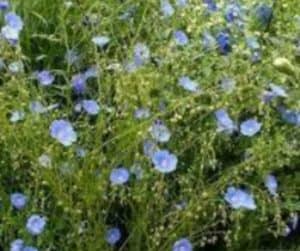
Foxglove
Contains toxic compound digitalis purpurea which has profound effects on the heart. All parts of the plant are toxic but leaves are the most toxic at start of flowering. Not commonly eaten by animals unless very hungry in the absence of other feed. Cattle and horses are most at risk. Clinical signs include gastrointestinal irritation and diarrhoea, anorexia, nausea, slow but strong pulse, contracted pupils
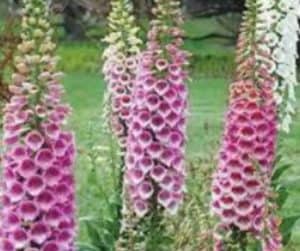
Garden Iris
Grown as an ornamental plant, the iris contains an irritant in the leaves or root stalks
which can produce gastroenteritis if ingested by livestock in sufficient amounts
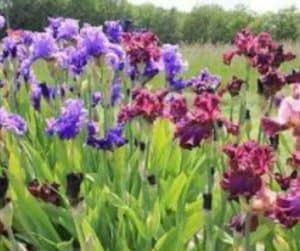
Green Cestrum
Green cestrum is a vigorous plant that can out- compete other vegetation. green
cestrum is toxic to animals including cattle, sheep, horse, pigs, poultry and humans.
green cestrum is normally found along watercourses and in non-crop areas where it
usually grows in small to medium-sized thickets
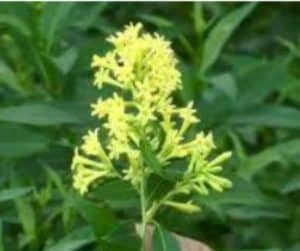
Halogeton
The leaves and stems are harmful to lambs and sheep
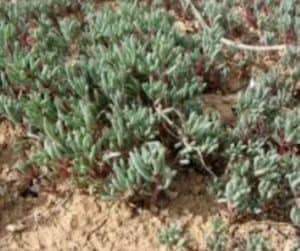
Hellbore
All the plant is harmful to lambs and sheep
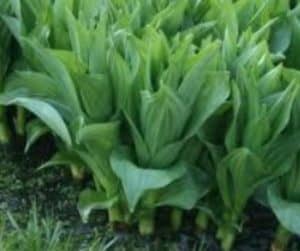
Horsebrush
The leaves are harmful to lambs and sheep
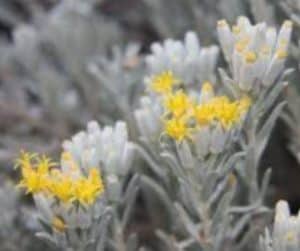
Holly
Common holly, a favored ornamental in landscapes around the home, has berries that are poisonous and cause vomiting, diarrhea, and stupor in animals if ingested in large amounts.
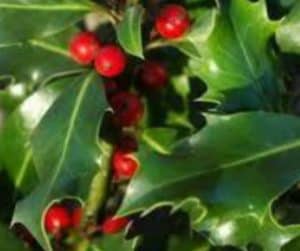
Lambs Quarters
All of the plant is harmful to lambs and sheep

Lantana
Unripe green berries are harmful to lambs and sheep.
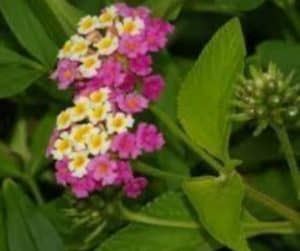
Locoweed
The flowers, leaves and stem are harmful to lambs and sheep
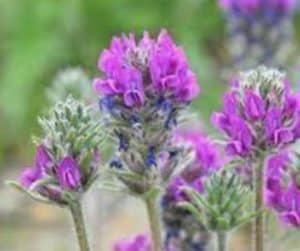
Manna Gum (E. viminalis)
New red growth contains cyanide
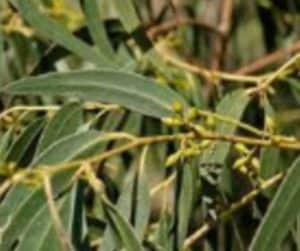
Mallow
Sheep, especially lambs are more susceptible than cattle or horses to poisoning. Most cases occur in the July to October period with some as late as December when Mallow has made up a large part of their diet for days or weeks. Toxicity may be passed to lambs through milk. May contain toxic quantities of nitrate.
Symptoms:
Symptoms usually appear after driving some distance and include staggers, sluggish movement, stiff action in the hind legs that are tucked under the body, back arched, head stretched forward, knuckling over of the front legs, sitting with the head turned into the body then lying on one side, trembling, rapid breathing and pulse. If forced to move again they often die, otherwise they rest and recover. Symptoms usually appear a day or two after eating Mallows

Milkweed
The leaves, fruit and stem are harmful to sheep and lambs
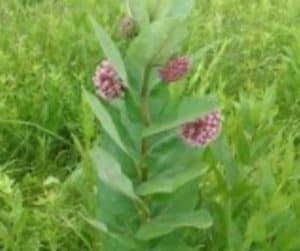
Morning Glory
Hogs, sheep, cattle and goats are especially susceptible to poisoning from overdoses of
the hallucinogenic seeds produced by the morning glory
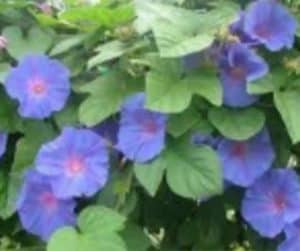
Mountain Laurel
Native or wild Mountain Laurel, Rhododendron and Azalea are all considered poisonous and highly toxic to ruminants. Symptoms of poisoning include: anorexia, repeated swallowing, profuse salivation, watering of the mouth, eyes, and nose, loss of energy, slow pulse, low blood pressure, incoordination, dullness, and depression. Death is proceeded by coma
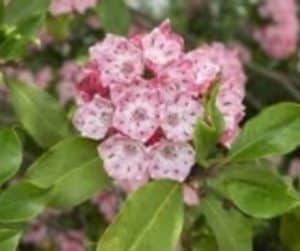
Nightshade
Leaves and immature fruits are harmful to lambs and sheep.
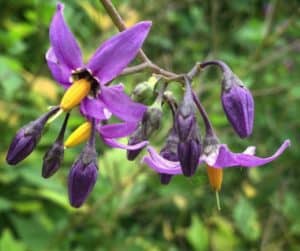
Oaks
Acorns and young shoots can cause severe poisoning especially if eaten in quantity. Cattle, sheep, horses, swine will display anorexia, constipation that develops into diarrhea, gastroenteritis, thirst, and excessive urination.
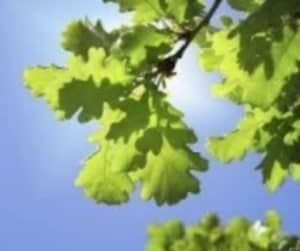
Oleander
Oleander, a common garden plant (a popular planting in primary schools around the 1960s and 1970s) is highly toxic to humans and livestock.
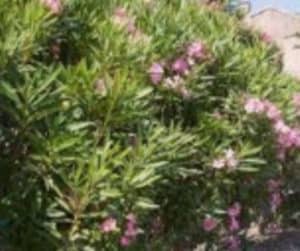
Pokeweed
All the plant is harmful to lambs and sheep
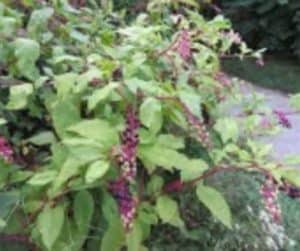
Prunus family
Cherry, peach, apricot etc – these contain prussic acid (cyanide)
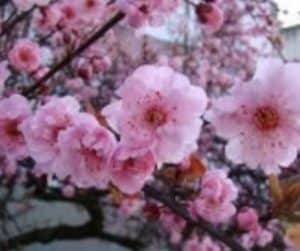
Paterson’s Curse
Paterson’s Curse is a major pasture weed throughout southern Australia. It is also known as Patterson’s Curse, Salvation Jane, Blueweed, Lady Campbell Weed or Riverina Bluebell. Paterson’s Curse contains alkaloids that can cause chronic cumulative liver damage that can lead to deaths of animals, especially when substantial amounts are consumed over prolonged periods. Horses and pigs are highly susceptible to poisoning by Paterson’s Curse, cattle moderately susceptible, and sheep and goats slightly susceptible
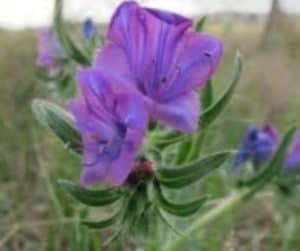
Sweet Clover (yellow and white)
The stems are harmful to lambs and sheep
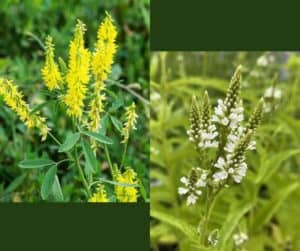
Sweet Peas
The seeds are harmful to lambs and sheep.
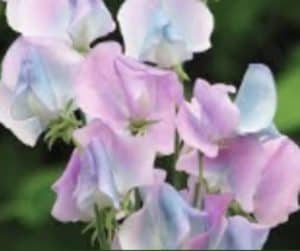
Perennial Ryegrass
Perennial ryegrass toxicosis (or ryegrass staggers) can be a serious and widespread problem in livestock grazing perennial ryegrass dominant pastures during summer and autumn. Outbreaks of perennial ryegrass toxicity occur annually and are most common in southern Victoria and Tasmania
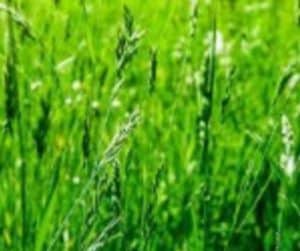
Pimelea
Pimelea poisoning affects cattle, sheep and horses, however it is potentially fatal for cattle. It is most common in south-west Queensland, north-west New South Wales and northern South Australia. It is also known as St. George disease, Marree disease, ‘bighead’ and flaxweed poisoning. Pimelea poisoning is caused by ingestion of toxic varieties of the plant pimelea (native rice-flower, flaxweed, poverty week) and in some cases inhalation of plant dust can also cause poisoning
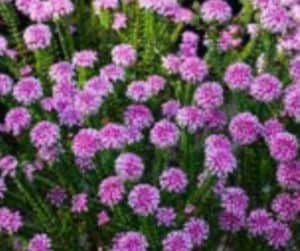
Poinsettia
Leaves, stems and sap are harmful to lambs and sheep
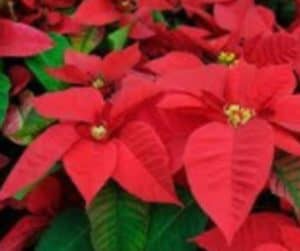
Ragwort
It is poisonous to livestock. Eating ragwort can lead to liver damage which cannot be treated. Cattle and horses are particularly susceptible to poisoning by common ragwort but sheep are also susceptible. Palatability of the weed increases when plants are conserved in hay or silage or treated with herbicide.
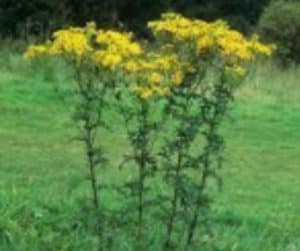
Rhododendron
All parts of the plant including the nectar contain grayanotoxins. Most poisoning occurs in the winter months because the leaves are generally evergreen and are attractive to animals when other forages are scarce. Animals eating approximately 0.2 percent of their body weight of leaves are likely to develop signs of poisoning. Animals poisoned by rhododendrons initially have clinical signs of digestive disturbances
characterized by anorexia, excessive salivation, vomiting, colic, and frequent defecation
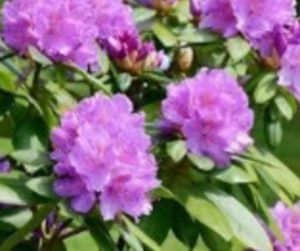
Rhubarb
The flat leaf blade is the toxic part of the rhubarb plant that causes staggering, excessive salivation, convulsions, and death in most classes of livestock
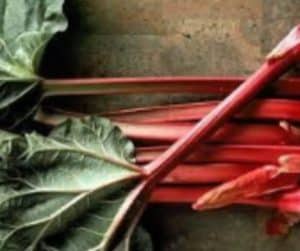
Sugar Gum (Eucalyptus cladocalyx)
Sugar Gum (Eucalyptus clodocalyx) and Red Box (Eucalyptus polyanthemos) have been implicated in stock deaths due to cyanide poisoning. Sheep, cattle and goats have been affected.
Symptoms:
Sudden death after eating leaves of suckers or mature trees especially if wilted and between May and September

St John’s Wort
St John’s wort is a serious perennial weed of pastures, catchments, forest and national parks in the high rainfall areas of southern Australia. Livestock grazing St John’s Wort can develop photosensitisation (light sensitivity), leading to low productivity and sometimes death. St John’s Wort causes vegetable faults in wool, excludes useful plants from pastures and reduces property values
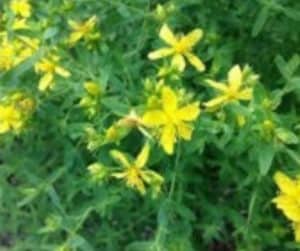
White Cedar (seeds)
Occasionally cattle, sheep, goats and dogs are poisoned after access to ripe berries
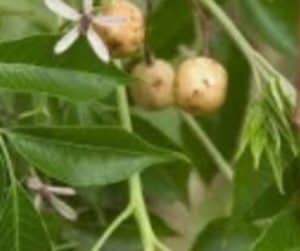
White Snakeroot
All of the plant is harmful to lambs and sheep
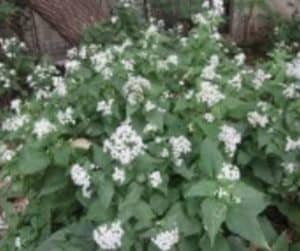
Yew
The genus Taxus consists of three commonly grown ornamental shrubs – English yew, Canada yew and Japanese yew – and hybrids. The needles and seeds of all yews are highly poisonous to horses, cattle, sheep and goats, although the red, fleshy seed covering is not. Yews, fresh and dried, are toxic year round
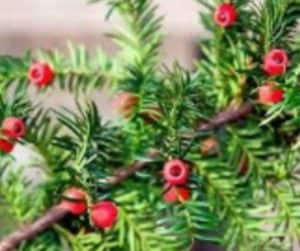
For further information about toxic poisoning on lambs and sheep please consult the Australian Weeds and Livestock page that was created and hosted by Mangrove Mountain Computer Club to promote the research done by Helen Simmonds as a free service.
